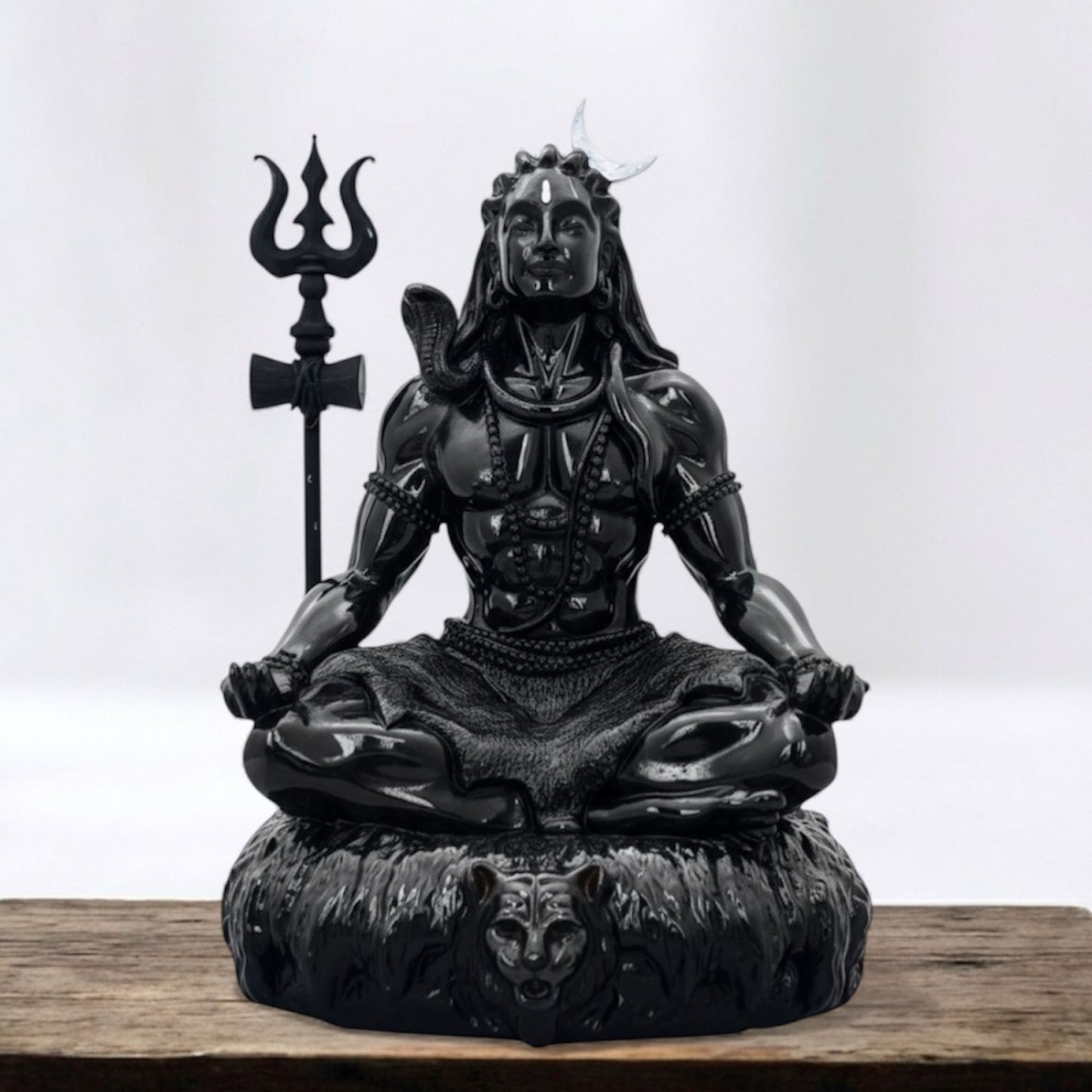Why Lord Shiva Is Called The Destroyer? Delving Into Shiva's Role As The Destroyer.
In the rich tapestry of Hindu mythology, Lord Shiva stands as a figure of profound complexity, embodying both creation and destruction. Among his many epithets, perhaps the most enigmatic is "the Destroyer" or "Mahadeva." This title often elicits curiosity and misunderstanding, leading many to wonder why such a revered deity would be associated with destruction. However, to truly grasp the essence of Shiva's role as the Destroyer, one must delve deeper into the layers of symbolism and philosophy woven into Hindu cosmology.

At first glance, the term "Destroyer" may evoke images of annihilation and chaos. However, within Hindu theology, destruction is not merely an act of obliteration but an essential aspect of the cosmic cycle of creation, preservation, and dissolution. Shiva's role as the Destroyer is intricately linked to his function within the Trimurti—the divine trinity of Brahma (the Creator), Vishnu (the Preserver), and Shiva (the Destroyer). Each deity plays a vital role in maintaining cosmic order, with Shiva's role as the Destroyer being necessary for the regeneration and renewal of the universe.
The destruction associated with Shiva is not motivated by malice or caprice but serves a higher purpose in the grand scheme of existence. In Hindu philosophy, the universe undergoes cyclical phases of creation (Srishti), preservation (Sthiti), and dissolution (Samhara), known collectively as the cycle of Samsara. Shiva's role as the Destroyer corresponds to the Samhara phase, where he dismantles the existing order to pave the way for new beginnings. This destruction is not an end in itself but a prelude to rejuvenation and regeneration, symbolizing the cyclical nature of existence.
Moreover, Shiva's association with destruction extends beyond the physical realm to encompass spiritual and metaphysical aspects as well. As the lord of ascetics and yogis, Shiva represents the transformative power of destruction on a personal level. In the practice of Yoga, destruction (or dissolution) is a crucial stage on the path to self-realization, where one must let go of attachments and ego to attain union with the divine. Shiva's destructive aspect, therefore, serves as a catalyst for inner transformation and spiritual evolution, leading practitioners toward enlightenment and liberation (Moksha).
Symbolically, Shiva's attributes further elucidate his role as the Destroyer. His iconic trident (Trishula) represents the three fundamental aspects of existence—creation, preservation, and destruction—while his matted hair symbolizes the untamed forces of nature. The crescent moon adorning his forehead signifies the cyclical nature of time and the eternal rhythm of birth, death, and rebirth. Additionally, Shiva is often depicted adorned with serpents, symbolizing his mastery over primal energies and the cycle of life and death.
Furthermore, Shiva's association with destruction is inseparable from his role as the cosmic dancer (Nataraja). In the cosmic dance of Shiva (Tandava), he performs the Ananda Tandava—the dance of bliss—which encompasses both creation and destruction. Through his rhythmic movements, Shiva symbolizes the continuous flow of energy in the universe, wherein destruction is but a prelude to creation, and every ending is a new beginning.
In conclusion, the epithet "Destroyer" assigned to Lord Shiva encapsulates a profound philosophical concept deeply rooted in Hindu cosmology. Far from being a force of chaos or malevolence, Shiva's role as the Destroyer is integral to the cosmic cycle of creation, preservation, and dissolution. It symbolizes the transformative power of destruction, both on a cosmic scale and within the human psyche, leading to renewal, regeneration, and ultimately, transcendence. As such, the enigmatic persona of Lord Shiva as the Destroyer invites contemplation and reverence, offering insights into the eternal mysteries of existence.
Also Read : Why Lord Ganesha Has A Broken Teeth






